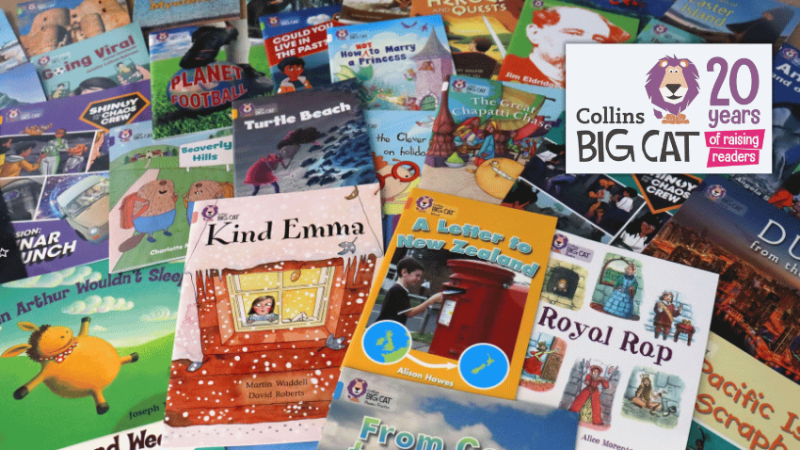Phonics sounds – why you should teach at a fast pace

Teaching letter sounds swiftly enables higher achievement in children, says Sara Wernham…

- by Sara Wernham

Systematically introducing and building up children’s knowledge of letter sounds is a basic tenet of any systematic synthetic phonics (SSP) programme – the clue is in the name, after all.
However, the pace at which we introduce the letter sounds can in fact, have a dramatic effect on children’s rate of learning, and the confidence and fluency when reading.
While it is indeed an achievement for young children to learn 42+ letter sounds, the thing to remember is that this is only the first step in a process, which will eventually lead to pupils being independent readers and writers.
Once the letter sounds have been taught, we don’t sit back, say ‘Phew!’ and leave it at that (believe it or not I frequently have to point this out!).
Rather, the reason for learning the letter sounds is to blend and segment words with them, and the children should start this as soon as the first few are known.
It does seem a lovely idea to spend a lot of time introducing a sound, doing lots of craft activities – making letters out of playdough etc. – but if this means it takes almost a year just to introduce all the letter sounds, then the children will be missing out on using any words that contain them.
Because of course, until the letter sounds have been learned they cannot be used for reading and writing words.
Phonics phases
I add an addendum here – that it does of course depend on the age of the children. For pre-school and nursery children, a slow approach with lots of stories and practising phonological awareness is absolutely right.
However, once the children are of school age and start on a programme, then moving them through the sounds at a pace means they are given all the knowledge they need to read and write as many interesting words as possible.
Obviously if children struggle with the pace of introduction and are not keeping up, then slow it down for them.
Trending
Give them the letter sounds they know plus one or two others they don’t, and build up from there.
Keep them with the class for flashcard work as they will be building up an awareness of all the sounds, and it will make it easier for them later, but individually only give them what they can cope with.
I expect my Reception children to be starting to write sentences using whatever words they want by the end of the first term and writing a page (or more) by the end of the year.
The key bit of this sentence is ‘using whatever words they want’. OK, some of the words will be spelled phonetically, but they will be decipherable and they will be the words the children want to use, not just words they happen to know how to spell or are on the board.
They cannot do this independently if they are still only just learning, or do not know, some of the letter sounds! How can they write about the Queen’s Platinum Jubilee if they haven’t covered /qu/, or /ee/?
By mastering the letter sounds as soon as possible, pupils have more time to move onto learning and refining the other skills they need to master, before moving up into Year 1.
6 steps to teaching at pace
- The letter sounds should be revised every day, and the best way to do this is with flashcards. To blend fluently, children need to say the sounds as soon as they see the letters. Even for CVC words, e.g. dog, if they have to struggle to recall each sound, they will have forgotten the first one when they reach the last.
- Make sure the cards for the newest letter sounds are first, as these are the ones that need most practice at that time.
- Make sure any sounds the children find hard are also at the top of the pile. This could be sounds they are not familiar with if English isn’t their first language.
- If you have a few spare minutes, go through just these.
- If they get one wrong or seem unsure, put it aside and show it again (and possibly again) as you go through the cards.
- Have a ‘sound basket’ and put sounds you want pupils to practice inside; make the basket available for the children to practise by themselves, or with a ‘sound buddy’.
Sara Wernham is co-author of the popular Jolly Phonics programme, and has over 20 years classroom teaching experience.










